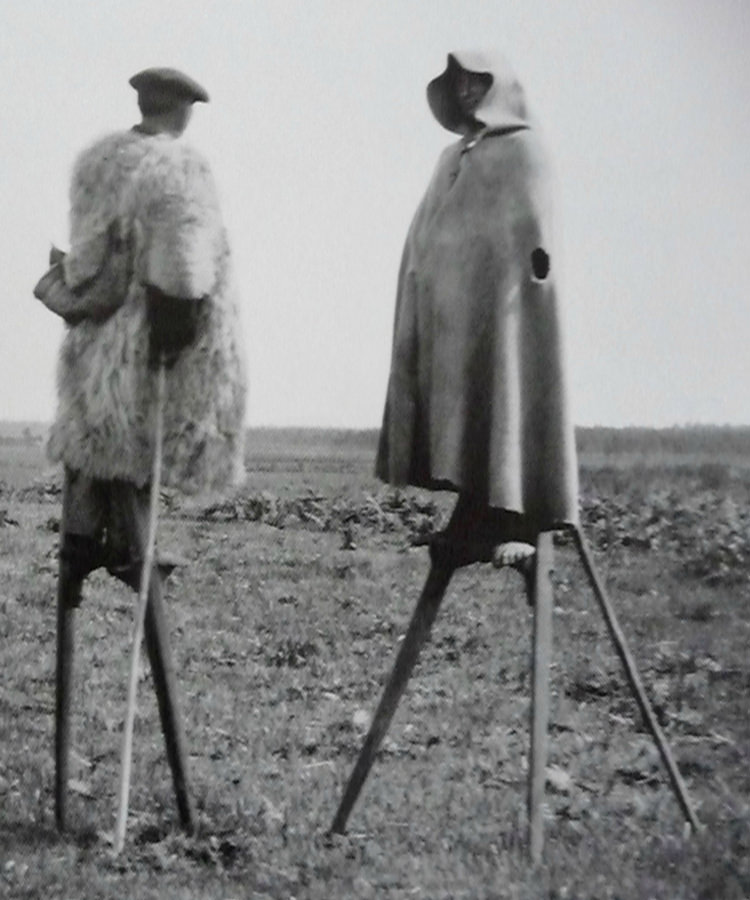Bordeaux is renowned for having one of the finest terroirs in the world. But did you know that one aspect of this terroir wouldn’t exist if humans hadn’t built it? The man-made Landes Forest, located just southwest of Bordeaux, is a huge contributor to the region’s ideal climate. And until two centuries ago, it hadn’t even been created.
Situated along France’s southwestern Atlantic Coast, bordering the Bay of Biscay, the Landes Forest is the largest man-made forest in all of Europe. Essentially, a man-made forest is exactly what it sounds like — a forest that didn’t naturally occur, but rather was planted by humans in order to create a new forest or replenish an existing one. Also called “the Landes of Gascony,” the triangle-shaped forest stretches over 5,400 square miles from Bordeaux toward Basque Country, near the Spanish border. The majority of the Landes is filled with tall, skinny maritime pine trees that provide ample cover and shade.
The origin of the Landes Forest actually has nothing to do with wine. As with many man-made forests, the impetus for planting trees was more economical and industrial in nature. Before the 1800s, this area was entirely comprised of watery moors covered with lakes and ponds and bordered by moving sand dunes. (The history of the region, in fact, is reflected in the forest’s current name; “Landes” translates to “moors” in French). The area, therefore, was extremely tricky to traverse — locals used stilts to travel across — and uneconomical to farm. So, between 1801 and 1850, the decision was made to drain the marshes and plant a forest of maritime pine trees, which stabilized the sand dunes and prevented erosion. This turned the watery area into land that was not only suitable for farming but also a creator of jobs in paper and timber.
While the Landes Forest accomplished its intended purpose, it also had an unexpected — and fortunate — consequence. While the Atlantic Ocean moderates Bordeaux’s climate, it also gives off strong, salt-laden winds that can damage grapevines. The Landes Forest acts as a blockade against these winds, protecting vineyards from these harmful gusts. Though Bordeaux had already built a reputation for quality wine — Thomas Jefferson wrote of the wines in the late 1700s, after all — the Landes Forest created a more consistently warm, protected, and reliable climate.
Sweet wines, often considered Bordeaux’s showstoppers, also benefited from this new geographical element. Bordeaux’s sweet wine districts, such as Sauternes and Barsac, are clustered around the area where the Ciron River flows into the larger Garonne. It is because of the Landes Forest that the Ciron is much cooler than the Garonne, as the trees shade much of the river’s length. This flow of cooler water into warmer helps to create the autumn mists that encourage botrytis and therefore are so essential to these sweet wine regions.
Is this an indication that it’s possible to manufacture a star winegrowing region? Unfortunately, no. There are quite a few other factors that contribute to a region’s winemaking potential. However, it’s interesting to see that humans could unintentionally contribute to a region’s quality. Imagine what Bordeaux would be like today if they hadn’t.
